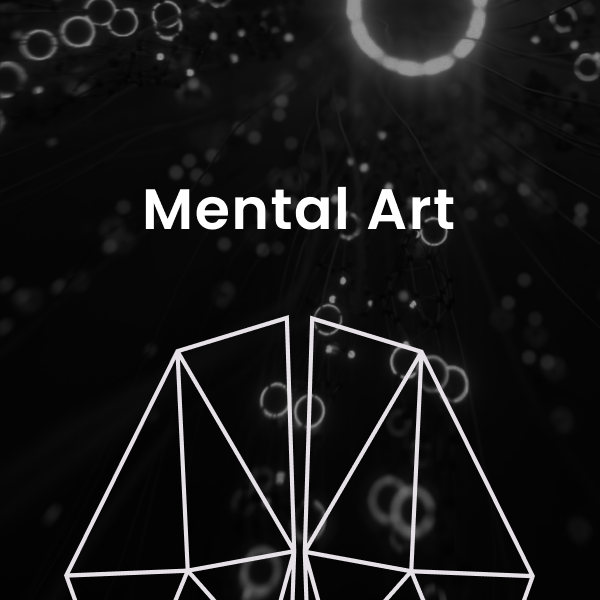

Cracking the Code of Success with the TOTE Model in NLP
12/19/2023Ever feel stuck in the loop of starting things but struggling to finish them? You're not alone. For many of us, daily life feels like a bunch of half-open browser tabs, representing tasks left undone and goals unmet. The TOTE model in NLP, which stands for "Test-Operate-Test-Exit," gives us the keys to understanding our behavior and a game plan for improving our processes.
The TOTE model, swiped from psychologists by NLP pros back in the 1960s, breaks down into four stages:
- Test: This is the thing that sets us on the path to forming a goal. Triggers can be anything – a random comment, a photo, a thought, or a physical urge. It is the first evaluation of the difference between where we are now and where we want to be, kicking off the whole process.
- Operate: The steps we take to reach the goal, satisfying the trigger and moving us closer to what we want. This is where the rubber meets the road after the trigger.
- Test: Now it's time to compare where we want to be with where we actually are, assessing the results of our actions.
- Exit: This is the wrap-up. Either we've nailed the goal, and the action is complete, or we need to:
- Adjust the goal
- Tweak our actions and head back to the Operate stage
- Say goodbye to the goal
In everyday life, unresolved TOTEs can be a real headache, affecting our mental well-being. Unfinished business can nag at us, injecting a bitter mix of guilt and shame.
Let's break it down with a common scenario – having lunch. What tells you it's time to eat? Maybe your stomach starts growling or you feel that "spoon-sucking" hunger. Or perhaps you stick to a schedule and declare it lunchtime. Some people snack out of boredom, looking to shake off the dullness, while others follow the delicious smell of food. These triggers demand attention.
Next comes the action – heading to where the food is, choosing or preparing something to eat, and chowing down. The action is all about satisfying that trigger and moving toward the desired outcome.
How do you know when you've had enough? Maybe you feel full, you've eaten a certain amount, or you just lost the desire to eat. That's Test2.
Finally, you stop eating and move on to other things – the Exit. The TOTE named "lunch" is officially closed.
But it's the last two stages – Test2 and Exit – that often slip through the cracks, creating never-ending loops. This is the heart of the issue: without clear exits, TOTEs can become a perpetual cycle, hanging in our minds as unfinished processes.
Consider the perpetual language learner. One person might study for five years without mastering the language, while another becomes fluent in just one year. The key? The latter set clear goals with well-defined exit points in their language-learning TOTE.
Just like operational memory has its limits, our brains are limited in their resources. Trying to kick off multiple unfinished processes at once drains resources, putting a damper on overall productivity.




